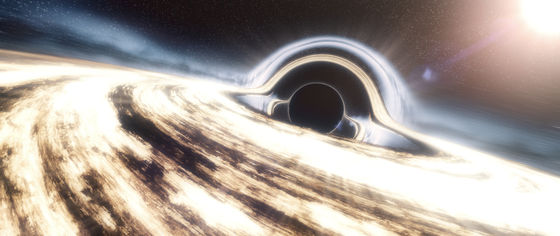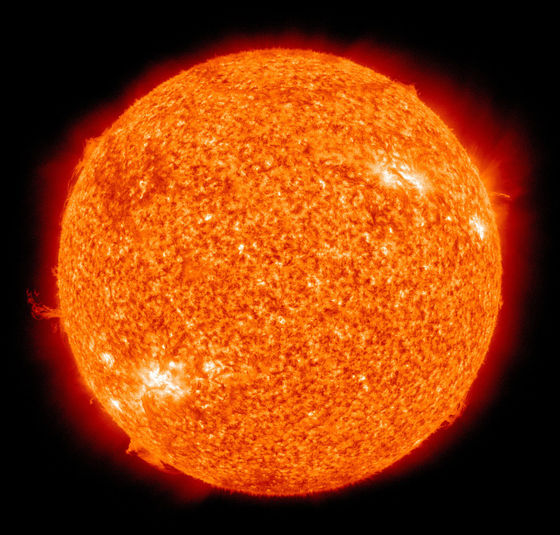Research results show that a ``primordial black hole'' that existed immediately after the Big Bang is devouring stars from the inside

A study published in the academic journal The Astrophysical Journal in December 2023 proposes the hypothesis that an extremely small black hole, which was born almost at the same time as the birth of the universe, is trapped inside a star and swallows it from the inside. It was announced in If the existence of stars with black holes inside them is proven, it is expected that our understanding of stars called
Atom-size black holes from the dawn of time could be devouring stars from the inside out, new research suggests | Live Science
https://www.livescience.com/space/black-holes/atom-size-black-holes-from-the-dawn-of-time-could-be-devouring-stars-from-the-inside-out- new-research-suggests
It is thought that in the Big Bang, where everything in the universe originated from a single point, black holes may have been created due to the high density of the Big Bang. Primordial black holes, which were born within one second of the universe's birth and are scattered throughout the universe, are seen as a promising source of dark matter.
Earl Beringer of the Max Planck Institute for Astrophysics in Germany said, ``If there is a primordial black hole, it is thought that it must be moving across the galaxy at tremendous speed. However, some black holes are slow and may become trapped inside the star. If this happens, it will become a primordial black hole. It may not be impossible to discover.'

Beringer and colleagues, who published research on this theory in The Astrophysical Journal, presented two possibilities in their paper.
In the first case, a black hole trapped inside a star is too small to have any effect at all. Black holes are often compared to monsters that grow by swallowing everything in the universe. However, if the mass is too small, it can hardly swallow any matter, so even if it were thrown into an all-you-can-eat buffet inside a star, it might not even be able to double its mass before the end of the universe. .
However, a second possibility remains, in which the black hole grows large enough to consume the star from within. According to NASA, the mass of a primordial black hole can range
In celestial bodies with an internal black hole, which is also called a ``Hawking star'' because it was proposed by physicist Stephen Hawking, surplus energy is released as the primordial black hole absorbs the star from the inside. As a result, the star expands like a red giant, but does not heat up like a Sun-class star would when it runs out of fuel and becomes a red giant.
Astronomers have already discovered about 500 red stragglers, which are red giant stars with extremely low temperatures. In this research, Beringer and his colleagues found that this red straggler star may be a candidate for Hawking's star.

The presence of a black hole at the center of Hawking's star may explain why the red straggler strays from the evolutionary path of stars. Therefore, by observing the pulsations and vibrations of red stragglers, we may be able to find out what is happening inside these stars.
Bellinger and his colleagues believe that primordial black holes are scattered throughout the universe. However, in some cases, primordial black holes that are not trapped inside a star are extremely difficult to discover because they are only the size of a pea or smaller and may be flying around at high speed.
Bellinger said, ``It is difficult to find black holes in the first place. Moreover, the black holes we are talking about are hydrogen atom-sized black holes with only the mass of an asteroid. We believe that holes exist outside of stars and are wandering around the galaxy.We calculate that, on average, there is one in our solar system.'
The research team will examine how black holes eat stars from the inside, and based on the results, they will use the results to observe pulsations that could be a candidate for Hawking stars. We plan to conduct research to determine whether this is the case.
Related Posts:
in Science, Posted by log1l_ks







